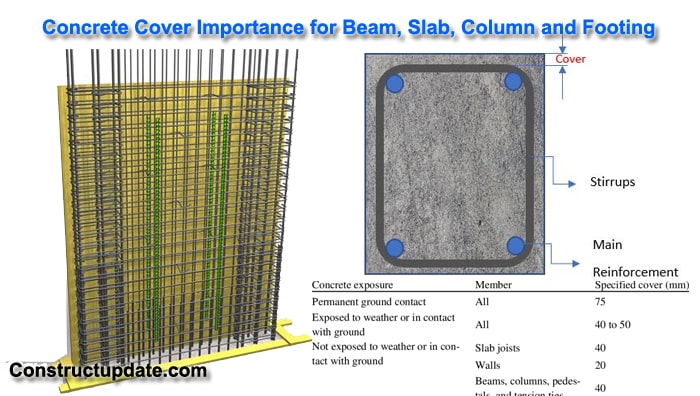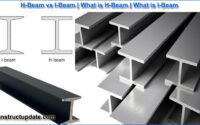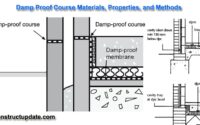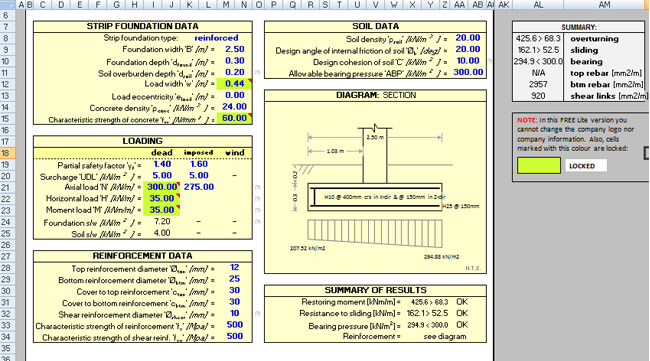What is Clear Concrete Cover? Importance of Concrete Cover in Beam, Slab, Column, and Footings
The clear concrete cover plays a very important role in building a slab, column, beam, and footings. This article will guide you through all the importance of clear concrete covers.
What is Concrete Cover?
The concrete cover is the gap between the steel and concrete surfaces of an RCC (reinforcement cement concrete) member. On a construction site, the concrete cover is commonly referred to as “clear cover” or “minimal concrete cover.“ IS:456 – 2000 code of practice requires a minimum concrete cover between steel and concrete.
Nominal Cover:
The small space between the outside of the concrete surface and the steel placed inside the RCC construction is referred to as the cover. In most cases, the thickness of the steel bar cover is specified in the structure’s drawing, or it can be derived from a code of practice for concrete cover for steel bars or from a set of thumb rules.

Clear Concrete Covers Importance:
This type of thing necessitates the maintenance of a long-lasting concrete structure, or RCC, as some examples are given below to explain its significance in a structure.
The cover prevents the reinforcement bars from corroding as a result of the weather’s wrath. In the event of a fire, the concrete cover acts as a thermal protector, shielding the reinforcing bars.
Protecting the reinforcing steel from corrosion induced by environmental factors necessitates the use of concrete cover. The steel reinforcement will deteriorate due to oxidation if it is not correctly installed or shielded from the environment. Moisture infiltration and/or carbon dioxide entry through the concrete cause oxidation of the reinforcing steel.
Steel reinforcement will rust and expand to a higher volume than the steel itself when it corrodes. The concrete covers the steel cracks, spalls, and delaminates as a result of this activity. The more solid cover there is, the longer it will take for moisture or carbon dioxide to infiltrate.
Although the concrete cover protects the structural reinforcement from the elements, it also protects it during a fire. Concrete can withstand temperatures as high as 1500° F on its surface. When exposed to temperatures above 1200° F, reinforcing steel, on the other hand, loses 50% of its steel strength. The concrete cover is required to keep reinforcing steel cooler than the outside environment, and the thicker the concrete cover, the higher the fire rating.
The bond strength between the concrete and the reinforcing steel is critical in reinforced concrete design. Tensile stresses must be transferred from concrete to the reinforcing steel in order for failures to occur. The concrete layer over the reinforcing steel is necessary for the concrete-steel bond to be strong. The increased concrete cover also improves the materials’ bond strength and slide resistance.
Building Envelope Consultants must be able to recognise indicators of insufficient concrete cover and plan our repairs with the required concrete cover in mind. Failures will continue to occur if the insufficient cover is left in place, costing an owner additional time and money and causing more stress.
Clear Cover for Slabs:
When rebars corrode, the accompanying volume expansion causes concrete spalling and, as a result, plaster cracking.
Corrosion has an impact on the structure’s service life as well as the residents’ safety. The minimum slab reinforcement cover thickness varies between 20 and 30 mm, depending on the environmental conditions prevalent during the building’s service life.
Clear Cover for Column:
Depending on the climatic conditions prevalent during the building’s service life, the minimum required cover thickness for column rebars typically ranges between 25 and 35 mm. The 25 mm corresponds to a dry climate, whereas the 35 mm corresponds to a beach area.
Clear Cover for Footings:
Cover to the bottom reinforcement shall be 75 mm for footings and other important structural components where the concrete is laid directly against the ground. The bottom cover may be decreased to 50 mm if the concrete is poured over a layer of lean concrete.
Clear Cover for Beams :
Whether a beam or a column, Depending on the environmental conditions present during the building’s once-over life, the minimum needed cover thickness normally ranges between 25mm and 35mm.
The 25 mm corresponds to a dry climate, whereas the 35 mm corresponds to a beach area.





